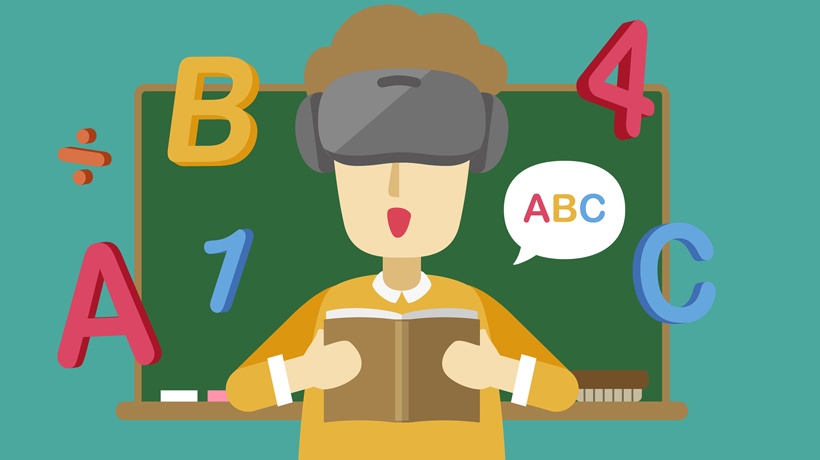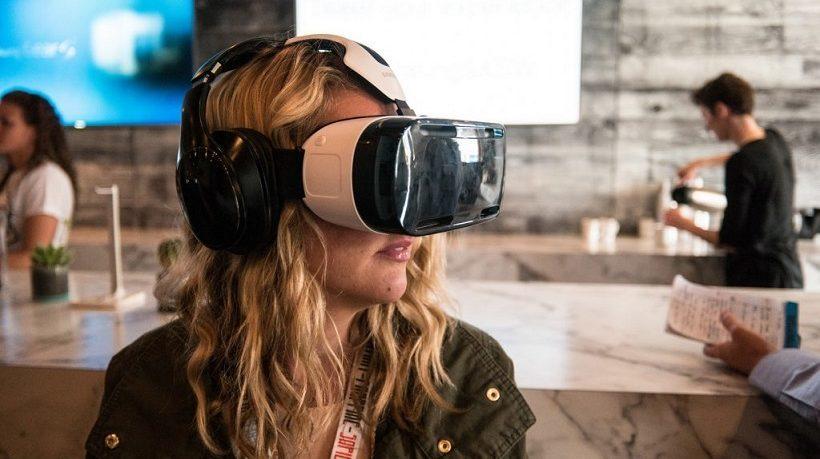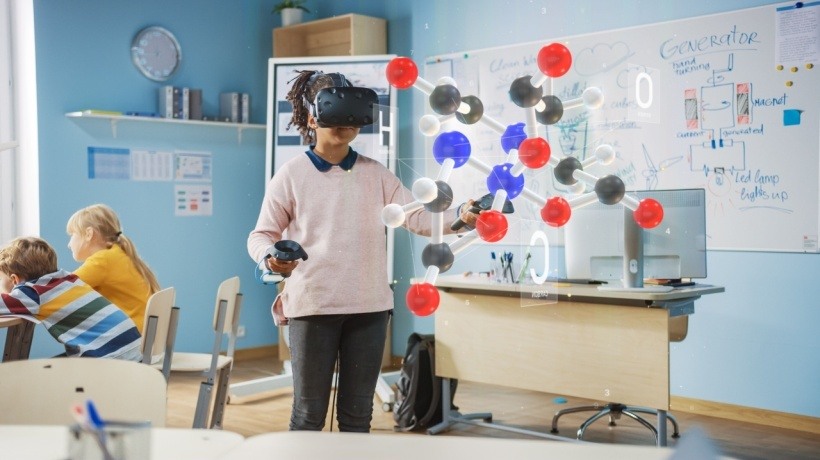Is There A Comeback Of Virtual Reality In The Classroom?
The concept of an alternate existence has been in the talking for generations. Call it time travel or teleporting, we have, at some level, always been fascinated by an experience that allows us to be transported anywhere without actually 'going' anywhere. It is the foresight of a few visionaries that has laid the foundation of virtual reality (VR). These few inventors in the 80s and 90s during the personal computing boom believed that this (at that time utopian concept) could become a reality. The population was curious to see what this technology had to offer and virtual reality became a big talking point. However, at that time, the immersive experience that was expected from the digital landscape was missing and virtual reality industry almost went away in the 90s. At that time, another and a more powerful technological revolution was gaining speed… The age of the internet was upon us.
Though virtual reality was not making a lot of noise, technological exploration continued silently in this field. It was from 2012 that technology startups managed to raise more than $1.46 billion in venture capital in virtual reality. Then, two years ago, Palmer Luckey ago put together the Oculus Rift, his own version of the virtual reality headset where the entire experience was far realer and lifelike. Gradually, but surely, the market interest in virtual reality began to increase. Though it was used mainly in gaming, virtual reality made its presence felt in different industries, from military to aviation to learning. Some educationally progressive schools in the US and Europe were charmed by the potential of this technology and tried implementing virtual reality in the classroom. Though the exact statistics of virtual reality in the classroom is not easily available, anecdotal evidence suggests that there was a fair surge of companies that provided virtual reality enabled educational curriculum. One of the most popular and successful models of virtual reality in learning was the World of Comenius project. This project was a biology lesson for a school in the Czech Republic that used a Leap Motion controller and customized Oculus Rift DK2 headset to facilitate innovative scientific learning.
While the concept of virtual reality in the classroom seemed ideal to provide an immersive experience to students to facilitate learning, the reality was that this technology had very high overhead costs…the gadgets, gear, and training required to implement this technology in the classroom were very high. To get this immersive experience delivered to the students, the educational institutions needed then-still-expensive smartphones, a tablet for the teacher and of course, the VR glasses. Another requirement was a high-bandwidth internet connection, without which this experience could not be affected. All these variables were some of the main contributors of why this amazing technology did not completely take over the world’s classrooms.
However, things changed when Google launched its Pioneer Expeditions in the third quarter last year. The Expeditions kit was self-contained and had everything that a virtual reality field trip needed. It had Asus smartphones, a tablet for the guided tour and VR glasses made of cardboard. What made Google Expedition a game changer in education was the fact that it needed no internet connection to operate. The Expeditions team had worked with many teachers and content partners to over 100+ engaging journeys. With Expeditions, teachers were able to take their students to places where school buses cannot go for a field trip… whether it was the Pyramids of Gaza or the Coral Reefs at the bottom of the ocean to the Great Wall of China to the planet Mars! The Google Cardboard viewers or Mattel View masters turned any smartphone into a virtual reality headset. The incredible rise of smartphone adoption has further fueled the virtual reality revolution giving it the push required to influence a pedagogical shift in the field of education and learning.
Virtual reality is also becoming more of a possibility in the classroom as some mobile handsets makers are now integrating this technology in the handset itself. Mobile phone maker, Samsung has announced that everyone who pre-orders their Galaxy S7 or S7 Edge phones is eligible for a free Gear VR, which pairs with the phone to turn it into a virtual reality headset!
Needless to say, the use of virtual reality in the classroom is in its infancy. But with innovations from companies such as Google, like the Google cardboard and Expeditions and from other providers such as Roundme, creating virtual environments in the classroom are no longer an impossibility.
Virtual reality in the classroom is also dependent on the economic scalability of the technology. Today, the cost of virtual reality hardware is reducing, internet access has multiplied and VR experiences are gradually on their way to becoming more mainstream making it a viable classroom teaching tool. We might not envision virtual reality as a tool integral to a learning environment just yet, but then again, just 5 years ago we couldn’t have imagined the way mobile phones are being used. While virtual reality is still a work in progress, it presents enormous possibilities to complement classroom and online learning to understand subject materials better and make learning more interactive and fun. So strap on that headset and dive into the world of virtual reality in the classroom!









